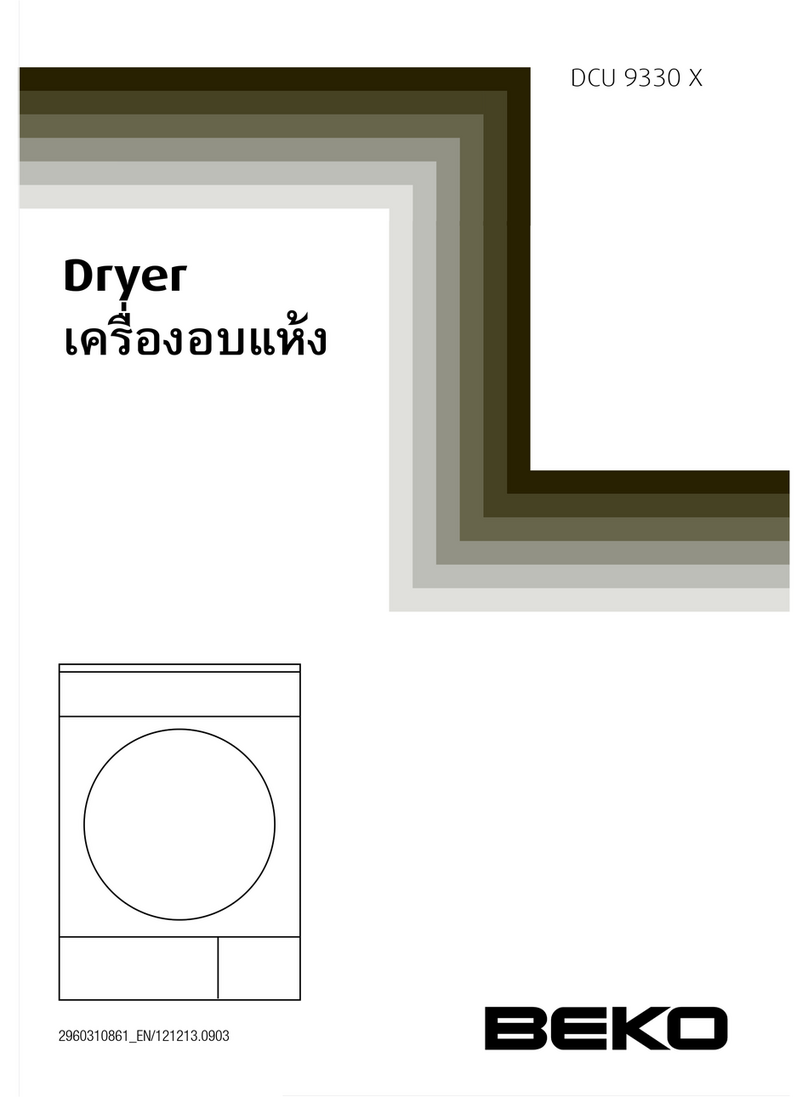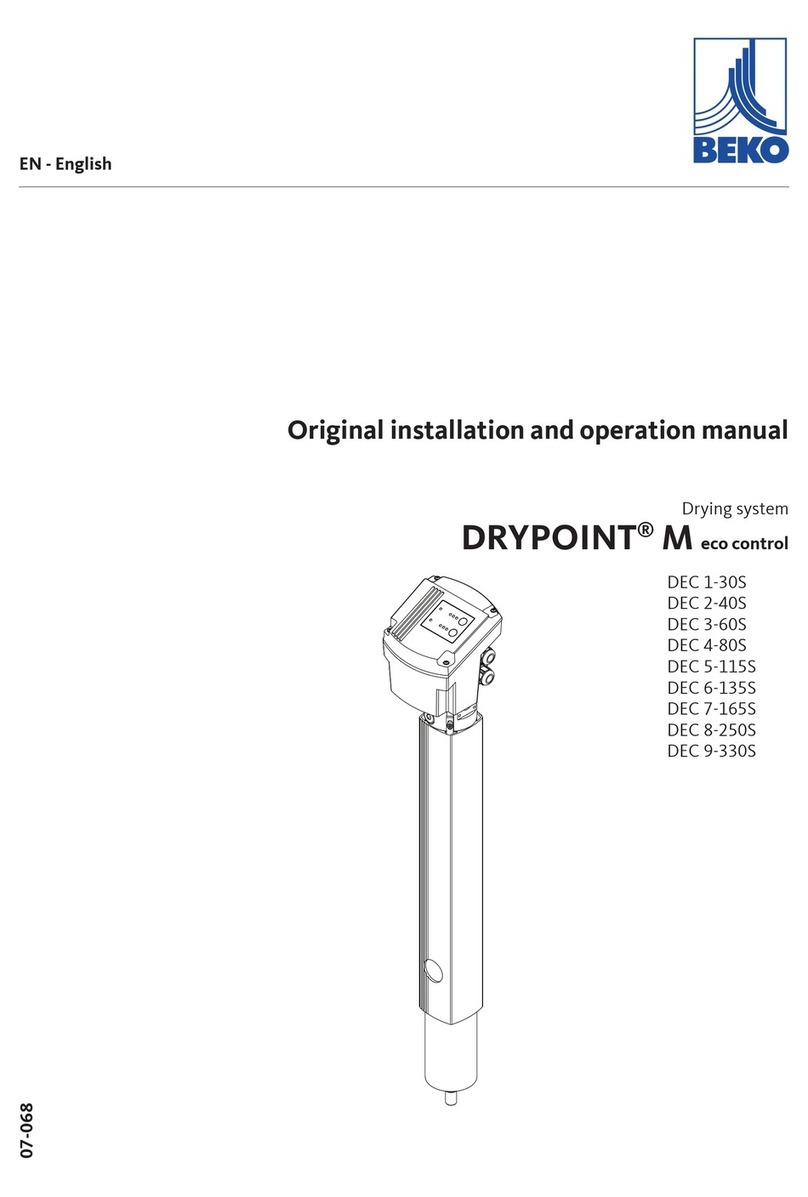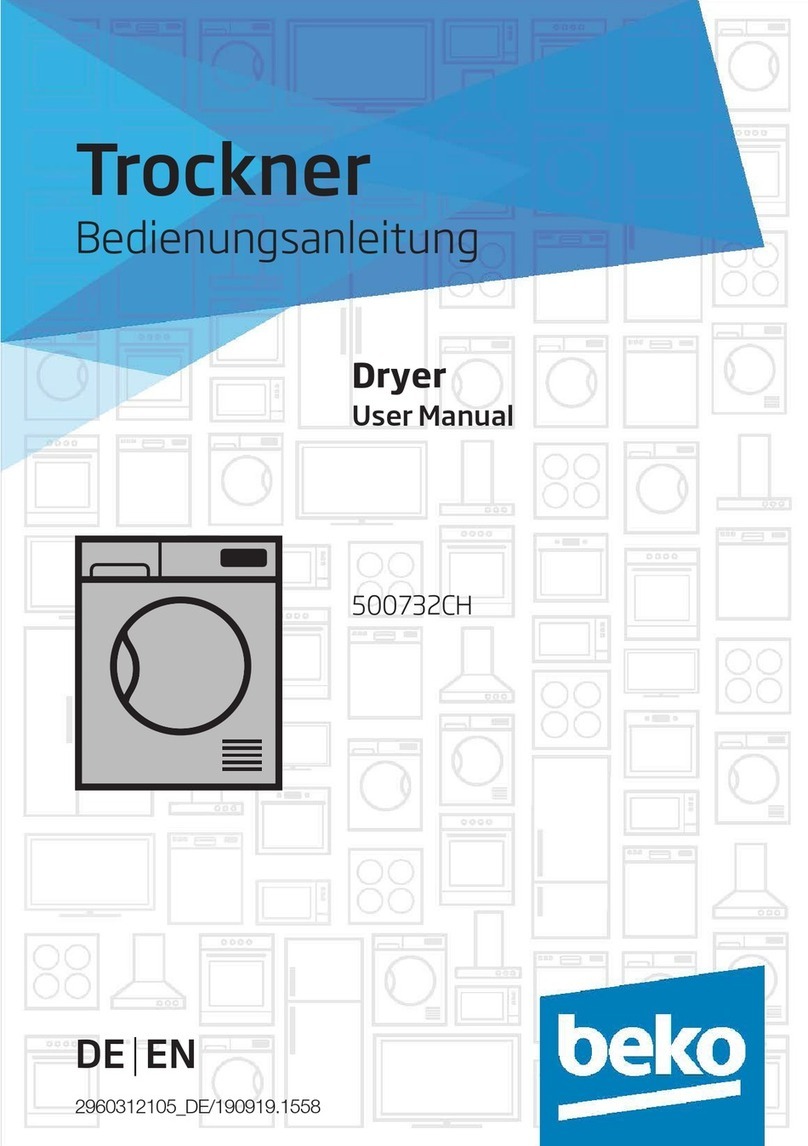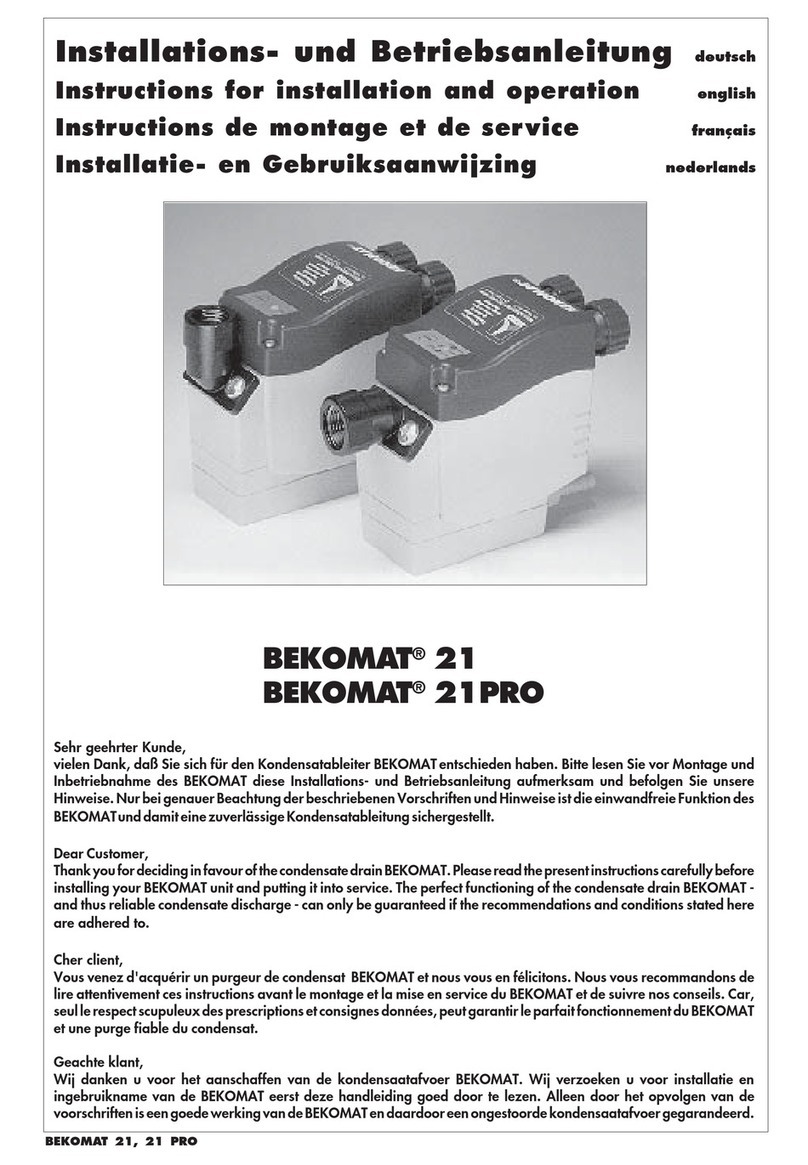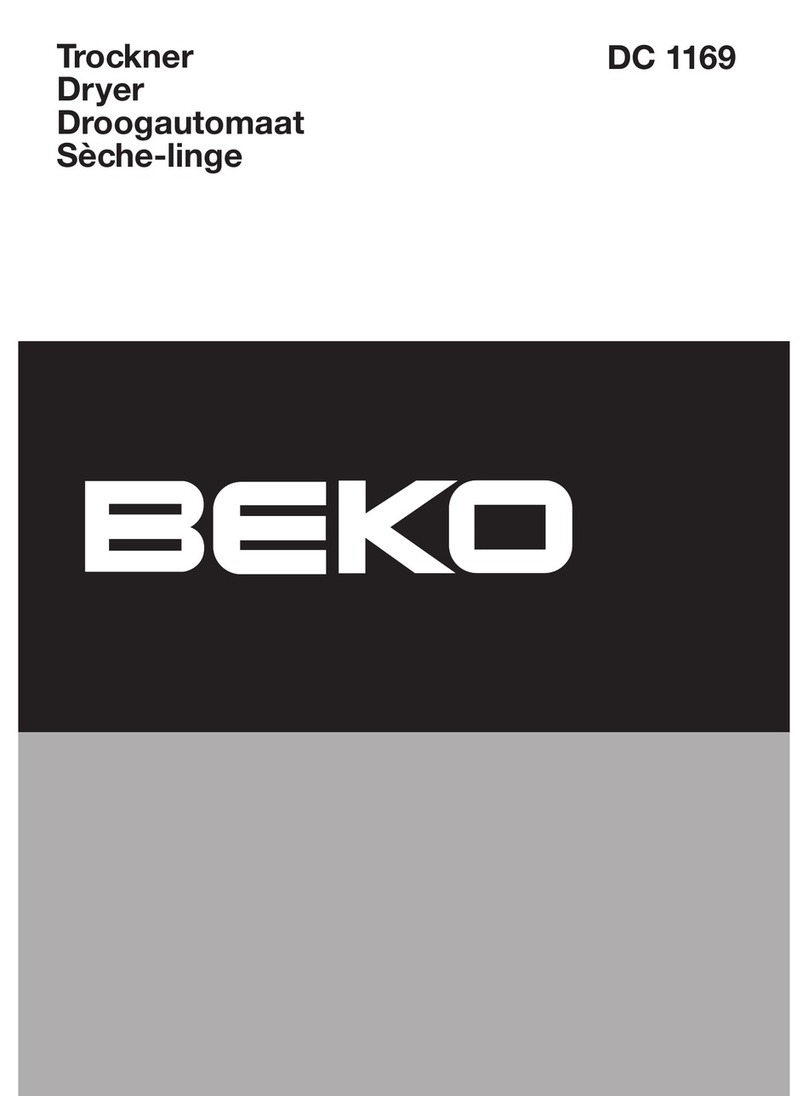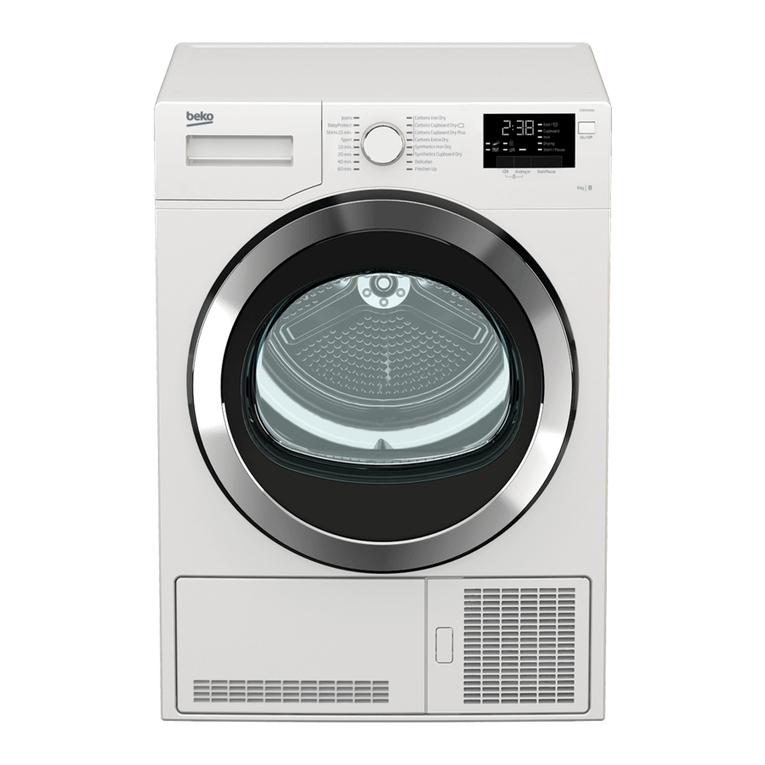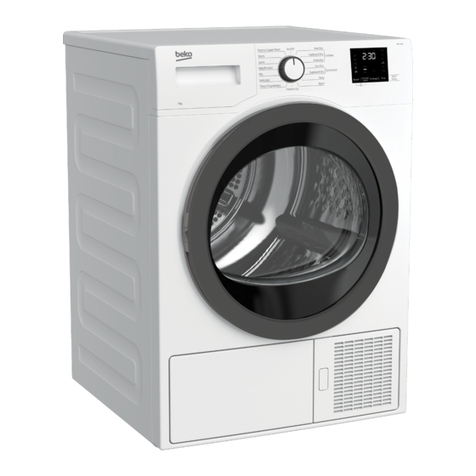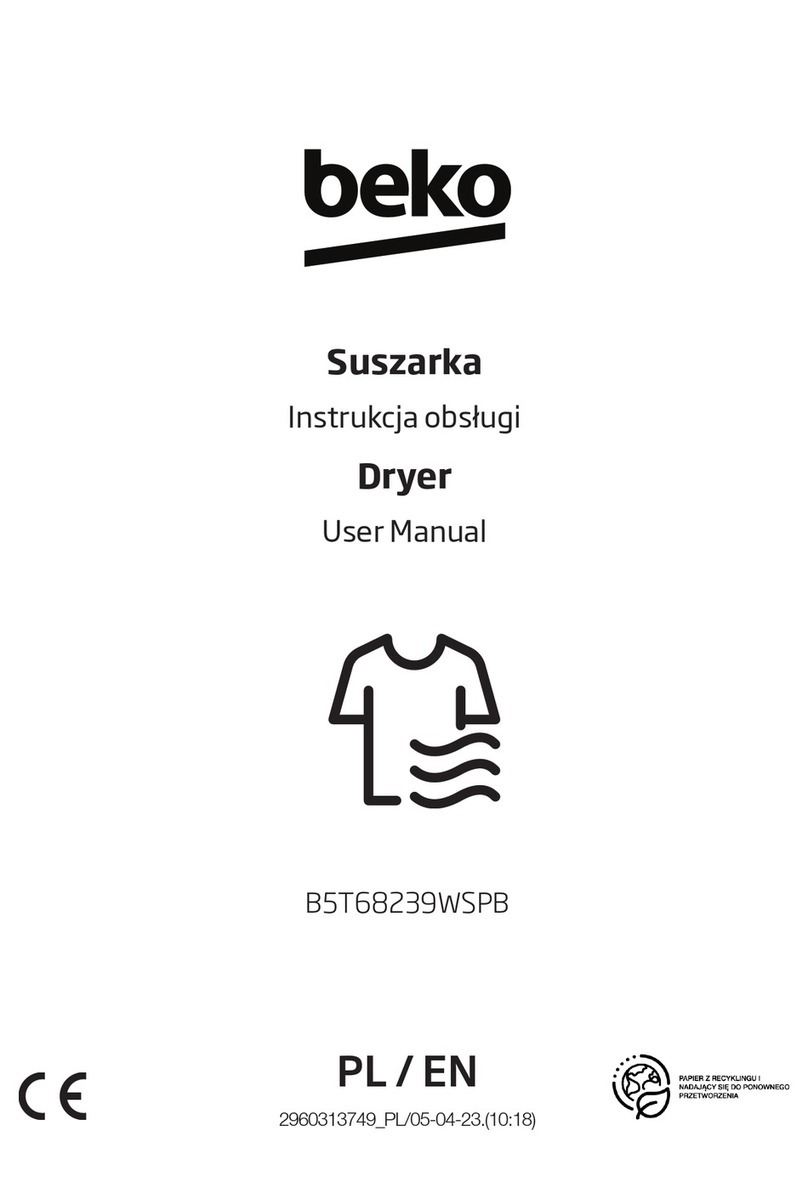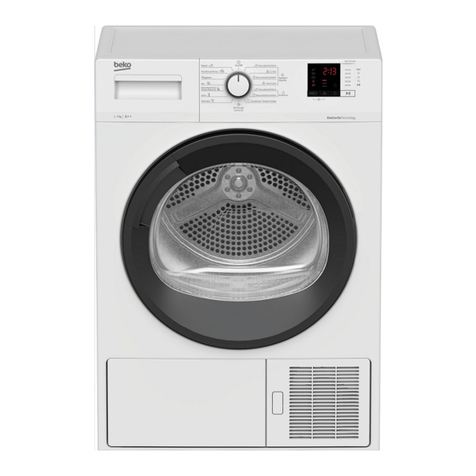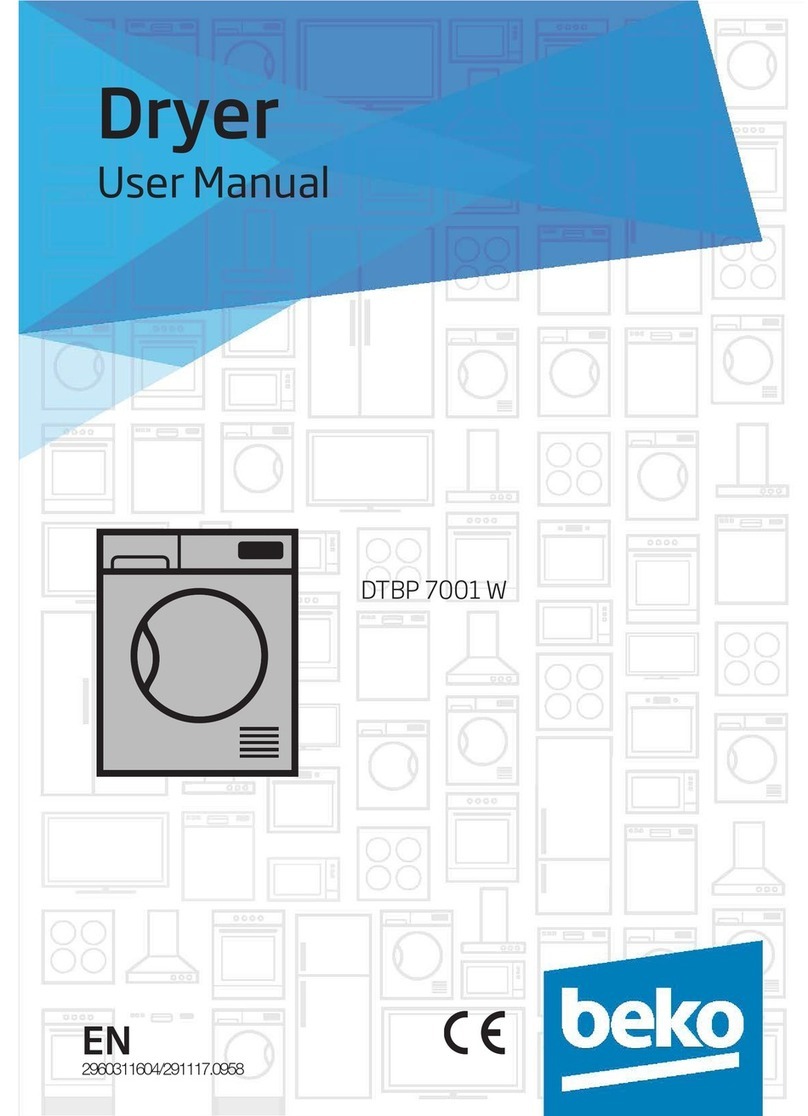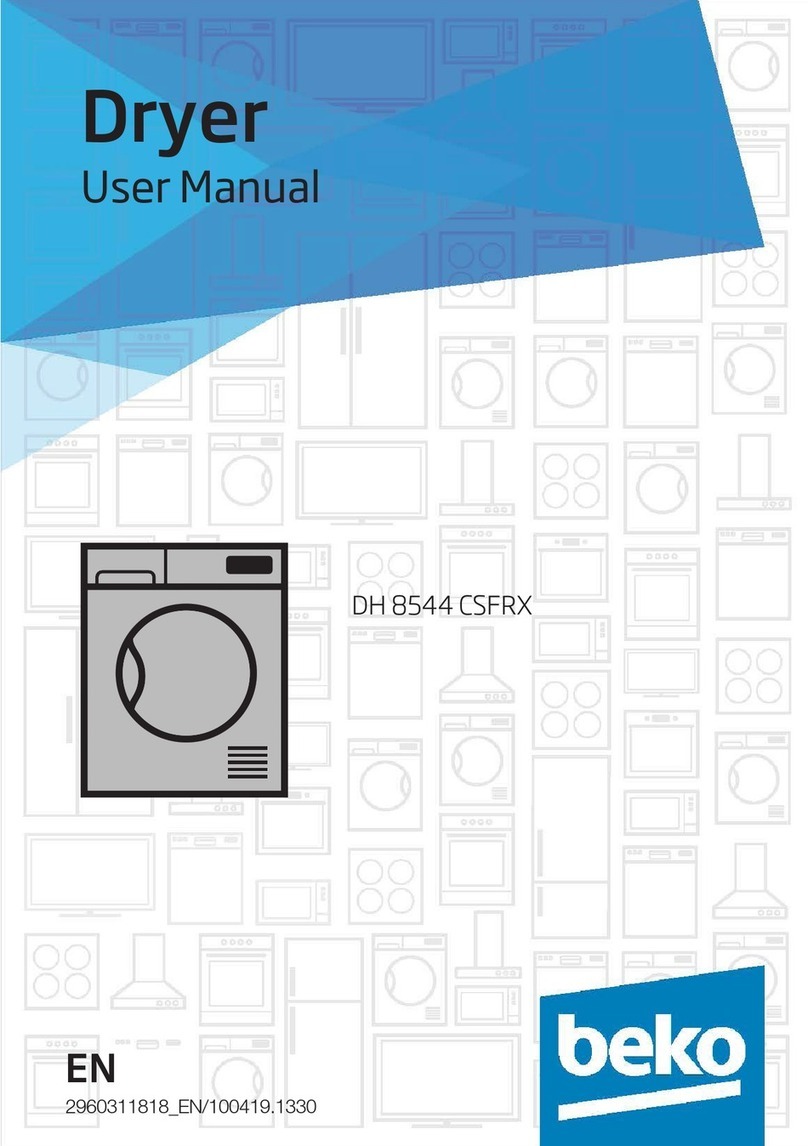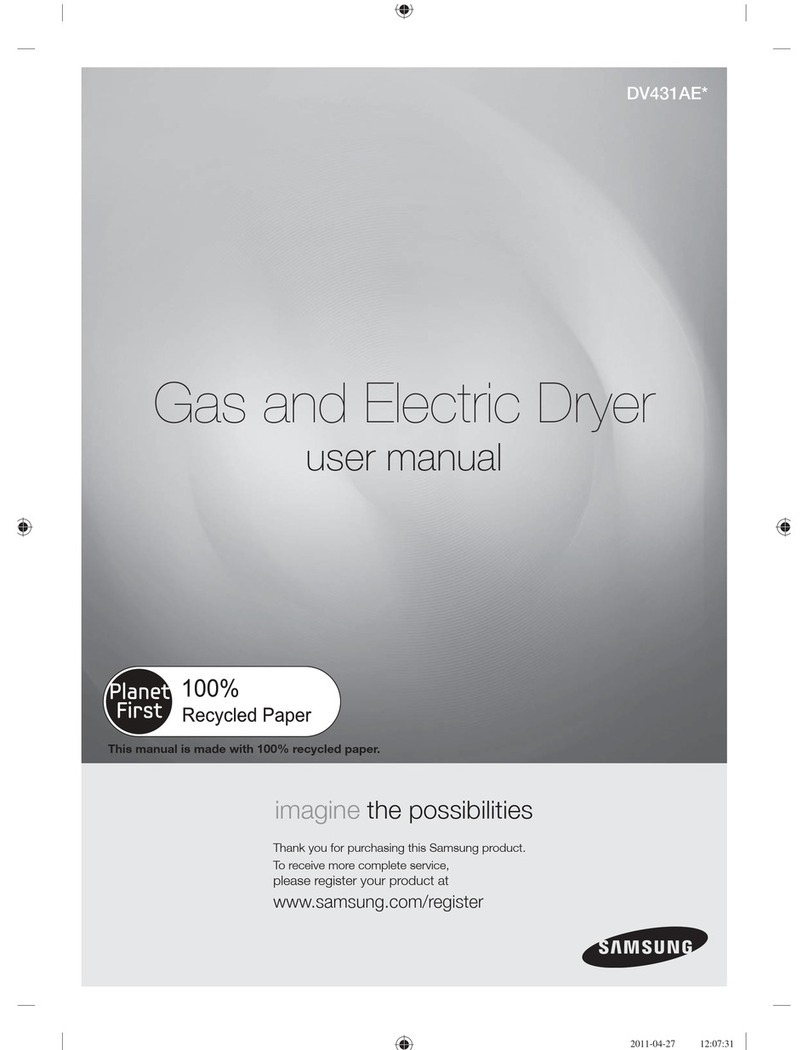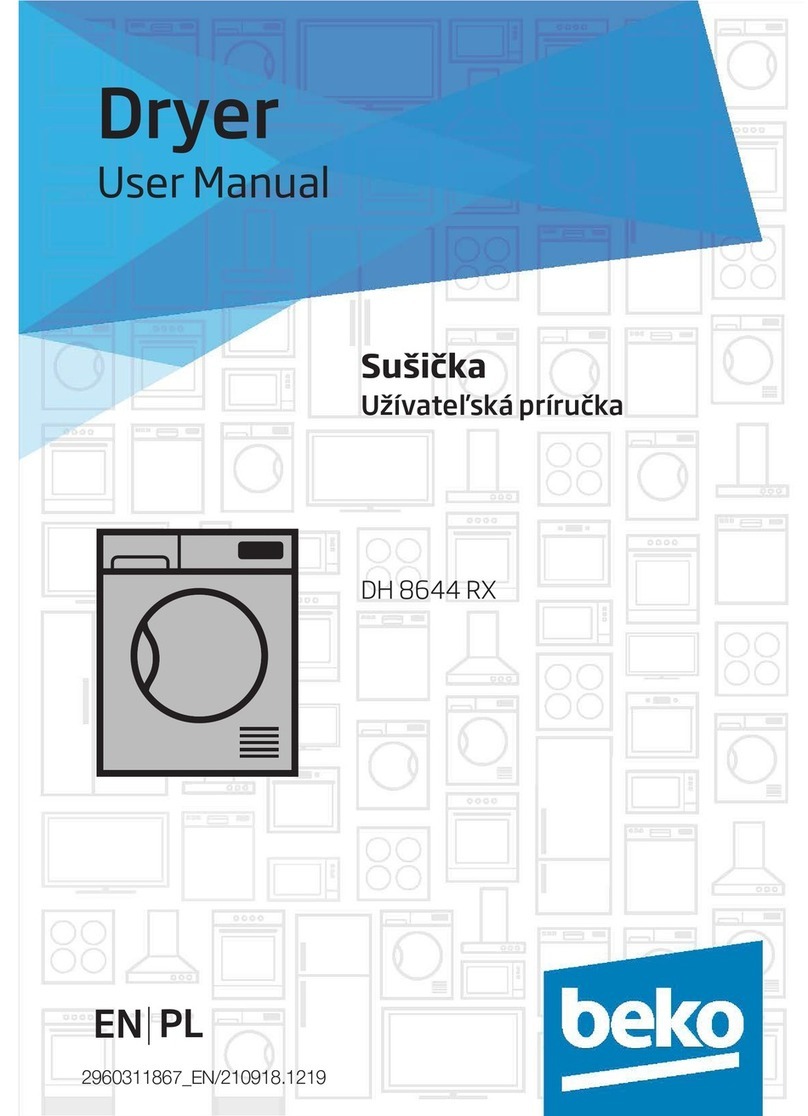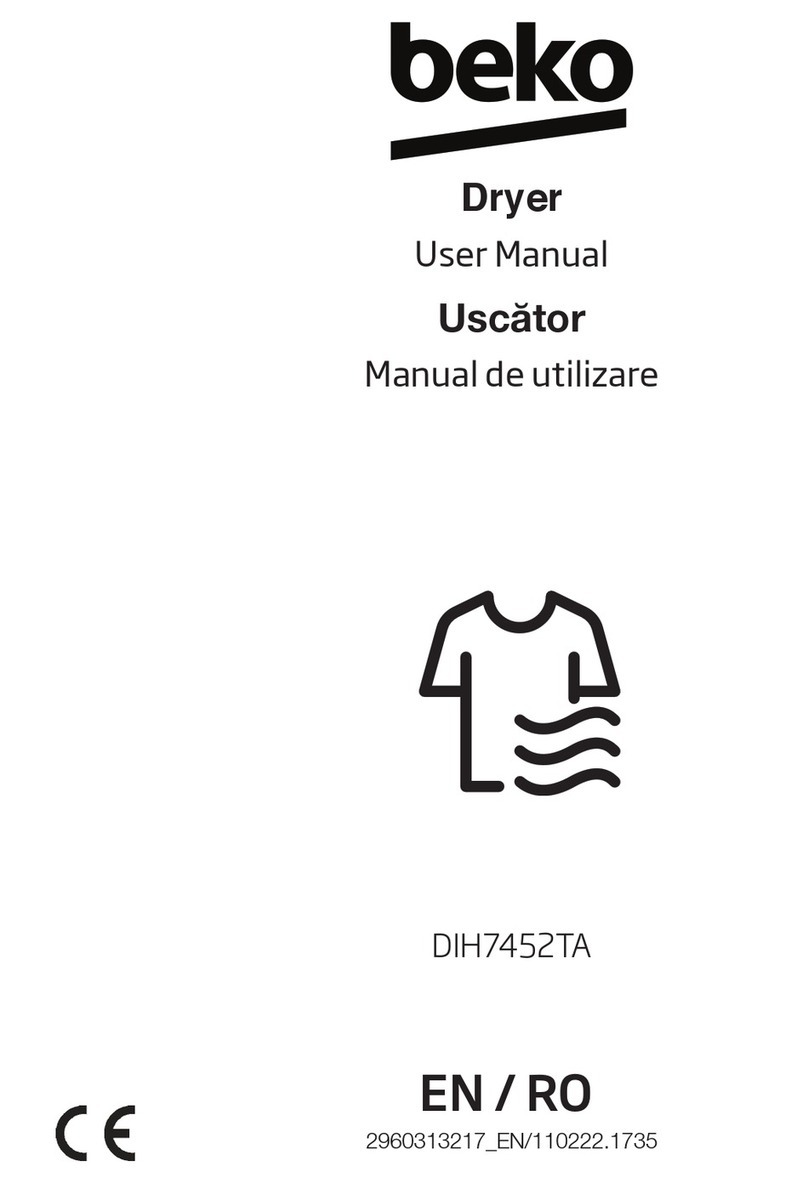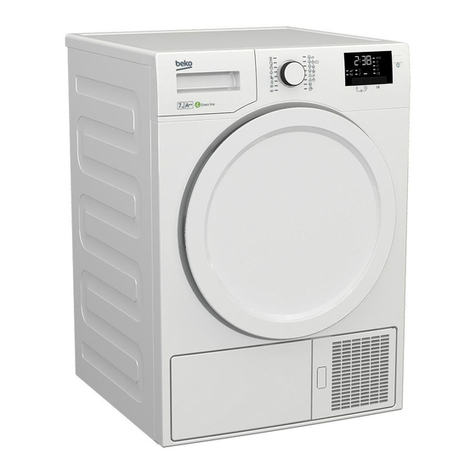DRYPOINT® RA 5400-10800 eco 3
Contents
1Name plate 5
2Safety instructions 5
2.1 Safety pictograms in accordance with DIN 4844 6
2.2 Signal words in accordance with ANSI 7
2.3 Overview of the safety instructions 7
3Proper use 10
4Exclusion from a field of application 10
5Instructions for the use of pressure equipment according to PED directive 2014/68/EU 10
6Transport 11
7Storage 11
8Technical description 12
8.1 Control panel 12
8.2 Functional description 12
8.3 Flow diagram (Air-Cooled) 13
8.4 Flow diagram (Water-Cooled) 13
8.5 Refrigerating compressor 14
8.6 Condenser (air-cooled) 14
8.7 Condenser (water-cooled) 14
8.8 Cooling-water regulating valve 14
8.9 Filter dryer 14
8.10 Electronic Expansion Valve (EEV) 15
8.11 Alu-Dry module 15
8.12 Refrigerant pressure switches LPS - HPS 15
8.13 Compressor crankcase heater 15
8.14 Electrical panel fan 15
8.15 DMC50 electronic control unit 16
8.15.1 Starting the dryer (“ON” mode) 16
8.15.2 Stopping the dryer (“STANDBY” mode) 16
8.15.3 Performing the condensation drain test 16
8.15.4 Displaying process values T1, T2, T3, T4, HP, LP, % , % 17
8.15.5 How the DMC50 control unit displays and processes a service warning 18
8.15.6 How the DMC50 control unit displays and processes an alarm 19
8.15.7 Displaying the log file of stored alarms 21
8.15.8 Downloading the process values stored following an alarm 22
8.15.9 Displaying instantaneous process values for the compressor inverter 22
8.15.10 Displaying technical maintenance and energy savings data 23
8.15.11 Controlling the dryer from a remote workstation 24
8.15.12 How the alarm / service warning flagging contact operates 24
8.15.13 How the RS485 serial communication port operates 24
8.15.14 Displaying / changing process user parameters 25
8.15.15 Changing the system date / time 27
8.15.16 Changing the user interface language 27
8.16 Electronically level-controlled BEKOMAT condensate drain 28
9Installation 29
9.1 Place of installation 29
9.2 Installation plan 30
9.3 Correction factors 31
9.4 Connection to the compressed-air system 32
9.5 Connection to the cooling-water network 33
9.6 Minimum cooling-water requirements: 33
9.7 Electrical connections 34
9.8 Condensate drain 35
10 Start-up 36
10.1 Preliminary stages 36
10.2 Initial start-up 37
10.3 Start-up and shut down 38
11 Technical data 39
